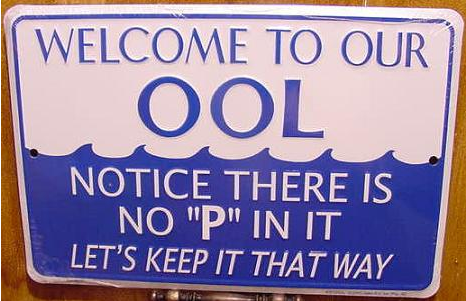 If you've been to a theme park like Disney World's Magic Kingdom or Hollywood Studios, you will quickly notice the lines. Depending on the time of year (or day) the line to a ride or attraction could be anywhere from nonexistent to 90+ minutes long. As you approach an entrance, you'll see a line marked on the grounds and a sign that reads "N minutes from this point". You want the sign to read 5 minutes. That's the time it takes, with no wait line, to get to the actual attraction. What you don't see from the line on the ground is the maze of lines snaking their way through the building. If the volume of people is low, everything except the direct line to the attraction is roped off. The more the people, the more "side" lines are open. The line outside the attractions are deceasing. The real delays start after you cross that line marked on the ground and are committed.
I noticed that attractions usually lasted less than 5 minutes and people were divided into groups, just prior to onboarding some kind of transportation. The transportation ran at a consistent rate of speed. All these factors included, Disney World has to know the maximum throughput of a ride, before the line starts to back up. Why do you ask? Well, to keep the customer happy by keeping them moving, of course.
If you've been to a theme park like Disney World's Magic Kingdom or Hollywood Studios, you will quickly notice the lines. Depending on the time of year (or day) the line to a ride or attraction could be anywhere from nonexistent to 90+ minutes long. As you approach an entrance, you'll see a line marked on the grounds and a sign that reads "N minutes from this point". You want the sign to read 5 minutes. That's the time it takes, with no wait line, to get to the actual attraction. What you don't see from the line on the ground is the maze of lines snaking their way through the building. If the volume of people is low, everything except the direct line to the attraction is roped off. The more the people, the more "side" lines are open. The line outside the attractions are deceasing. The real delays start after you cross that line marked on the ground and are committed.
I noticed that attractions usually lasted less than 5 minutes and people were divided into groups, just prior to onboarding some kind of transportation. The transportation ran at a consistent rate of speed. All these factors included, Disney World has to know the maximum throughput of a ride, before the line starts to back up. Why do you ask? Well, to keep the customer happy by keeping them moving, of course.
When I saw all of this happening, I thought it was an excellent example of a pull system. We went on a ride called "Star Tours". The vehicle capacity was 40 people and the ride duration was 4:30 minutes. We noticed the sign said 90 minutes from this point. Can you imagine doing that with a 5-year-old?
Star Tours Capacity=40 people per load Lead Time=90:00 minutes Actual Duration=4:30 minutes
So, what does Disney do to help resolve the issue? They call it the Fast Pass. Yes, the golden ticket. When you see the line at its worst, go up to a kiosk and get a Fast Pass. It will tell you to return to the ride at a designated time. In exchange for doing that, it will allow you to go to the head of the line, when that time comes. I am assuming they are having you return at a predicted time of day in which the line will be shorter. Regardless, it eliminated the bottleneck for us. Whenever we saw a hellish line, we got a Fast Pass and came back later in the day.
To prevent the Fast Pass people from completely stopping the line, it appeared a certain percentage of seats per load were allocated for Fast Pass ticket holders.
I think this Fast Pass option may also work with non-theme park customers. Let's say you are working on an application development project. After you have an optimum cycle time, if you reserve a little capacity, you could potentially negotiate with a stakeholder to postpone an activity to a date or time in which you know the workload will be less. I'm not saying you are postponing adding the work to your backlog. It's still there. But, you could agree to make it a lower priority until more of the backlog gets completed. This could keep the rest of the work moving at an optimum pace and keep the customer happy.
Drawing by Pictofigo





